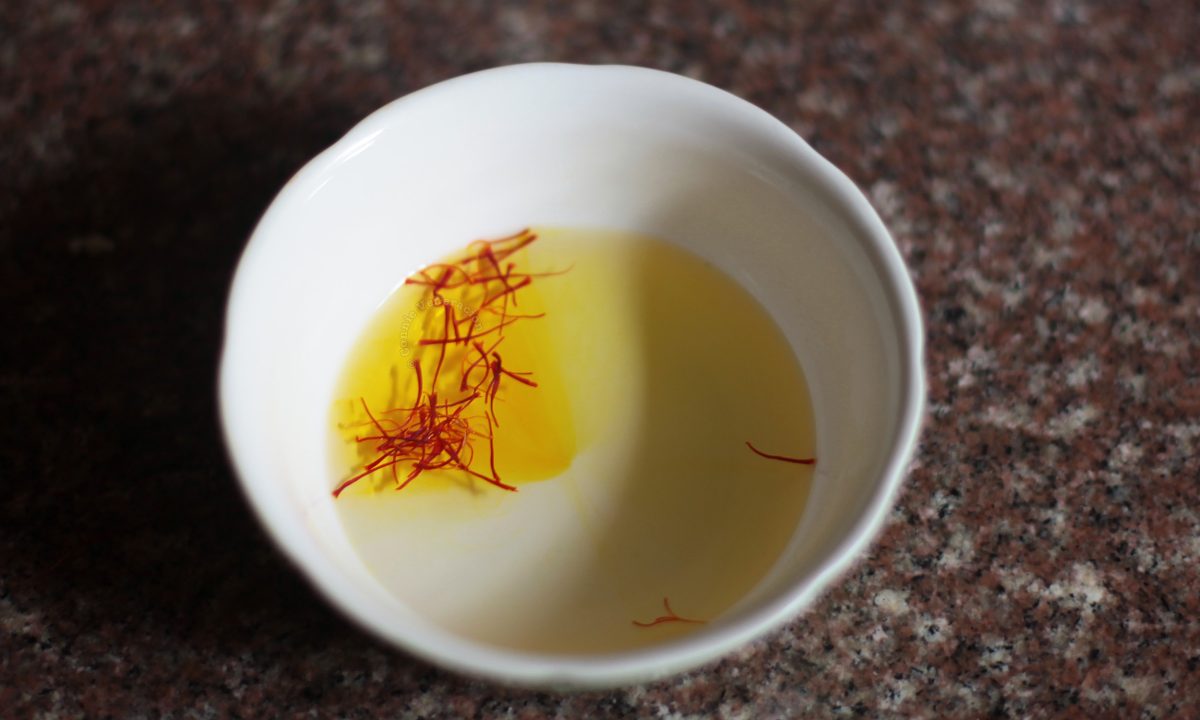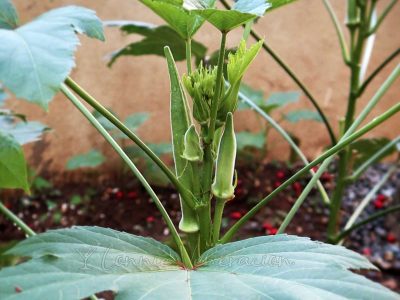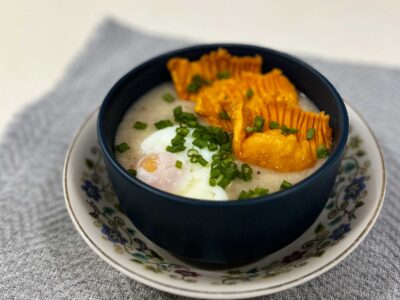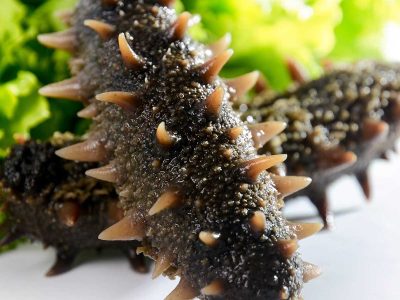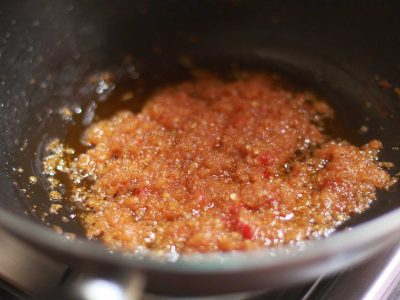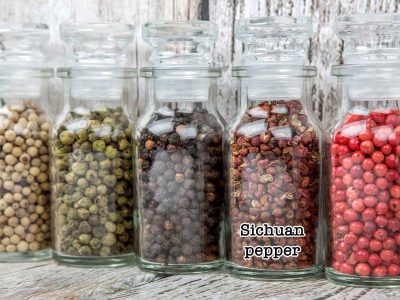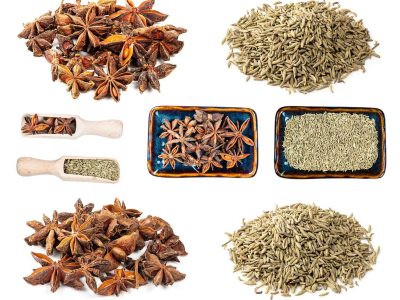Ahhh, saffron. The first time I wanted to make paella, I went to the grocery in search of saffron, found a small pouch, stared at the price and put it back on the shelf. Too expensive. The paella would just have to wait.
That was decades ago. I have since learned what saffron is, what it is for, why it is so darn expensive and, more importantly, whether there are more affordable alternatives.
What is saffron?
Saffron is the collective term for the stigma of a flower called Crocus sativus which has been grown for more than three thousand years. Depending on who you ask, where Crocus sativus was first cultivated to derive saffron can either be Persia (now Iran), Greece or the ancient valley of Mesopotamia in the Tigris-Euphrates river.
So, no, saffron is not native to Spain although most people can’t shake off its association with paella. It was brought to Spain by the Muslims.
But the more interesting thing is that saffron was not originally used for food. According to Secrets of Saffron: The Vagabond Life of the World’s Most Seductive Spice by Pat Willard, it was used as herbal medicine and as a cosmetic.
Cleopatra was rumored to add saffron to her bath to give her skin a golden color. Minoan women mixed saffron with beeswax to make lipstick. It reminds me of how annatto (achiote) seeds were historically used in Latin America before it became a cooking ingredient.
What does saffron taste like?
Like dried grass. Bitter too. Some writers are more poetic and use the term “hay-like”. You’d think that with such forgettable flavors, it makes no sense to pay such an exorbitant price for a pinch or two. It’s really the color that saffron imparts that makes it so important in some culinary cultures.
Why is saffron so expensive?
The stamens and styles of the Crocus sativus flower have to be picked by hand. So, yes, the process is labor intensive. And since a single flower has only three stigmas, it takes 50,000 to 75,000 flowers to yield a pound of dried saffron threads.
The drying process is tedious as well. The saffron threads are spread on special mesh trays and heated with the temperature carefully controlled.
And if that all that don’t jack up prices sufficiently, well, Crocus sativus is sterile. Something to do with chromosomes. In layman’s language, the plant cannot reproduce on its own. So, careful cultivation is required.
Saffron trading scams
Being a prime commodity that commands premium prices, scams relating to saffron trading have been around for a long time. According to Willard, back in the Middle Ages, adulteration of saffron was such a serious offense that the punishment was beheading.
Adulteration is the game. Stamens not derived from Crocus sativus are tinted with beetroots or pomegranate juice, and mixed in with real saffron threads.
Scams continue to this day. In the Philippines, kasubha (derived from safflower) is brazenly being marketed as saffron.
Do we buy saffron for home cooking?
No. The saffron threads soaking in hot water in the banner image was a gift. Personally, given the probability of paying a hefty price for adulterated saffron or even fake saffron is simply too high.
But what about paella?
Given that saffron has no unforgettable flavor and aroma, and is used mainly to color food, I treat it as something that evokes Old World charm and elegance. A vanity ingredient. And those, for me, are insignificant considerations when judging whether a cooking ingredient is worth its price or not.
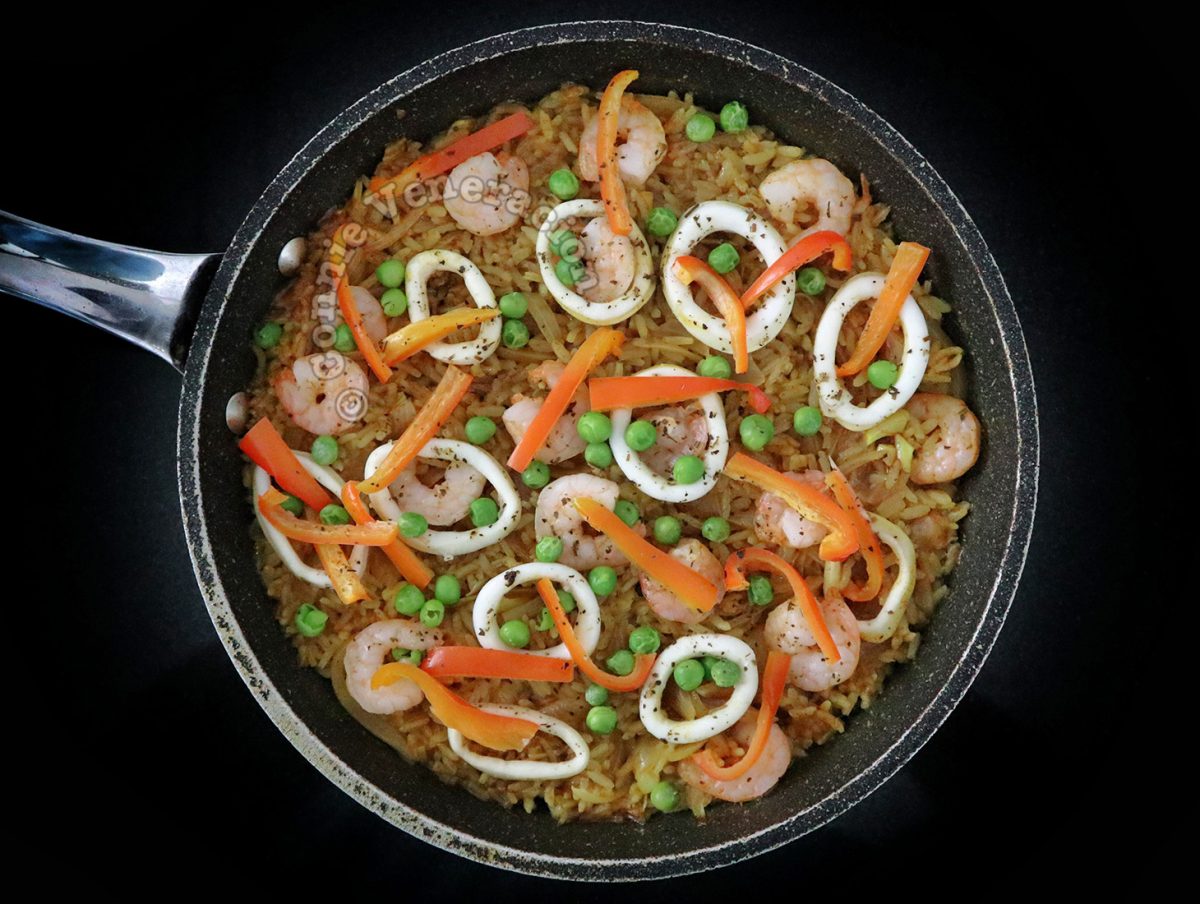
If anyone gives me real saffron, I’ll use it. If not, I use equal amounts of good quality turmeric and paprika to give my paella that lovely golden color.

